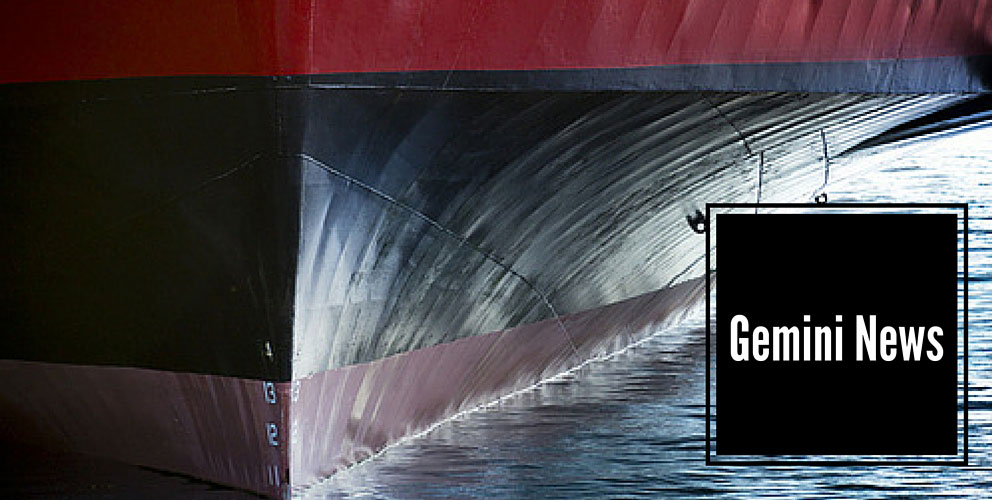Gemini Shippers Group receives 2016 Global Logistics Award by World Trade Week NYC

Gemini Shippers Group was chosen to receive the Global Logistics Award for the 2016 World…
Gemini Shippers GroupMay 16, 2016



